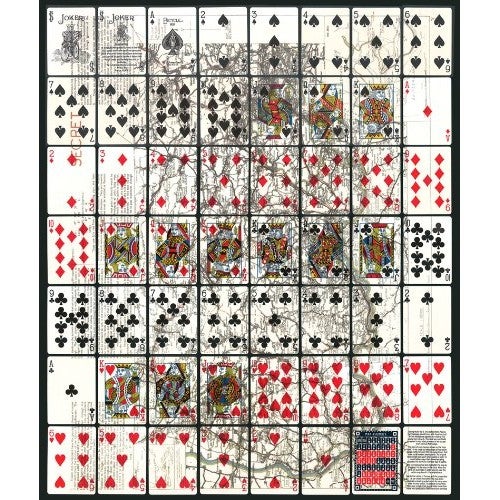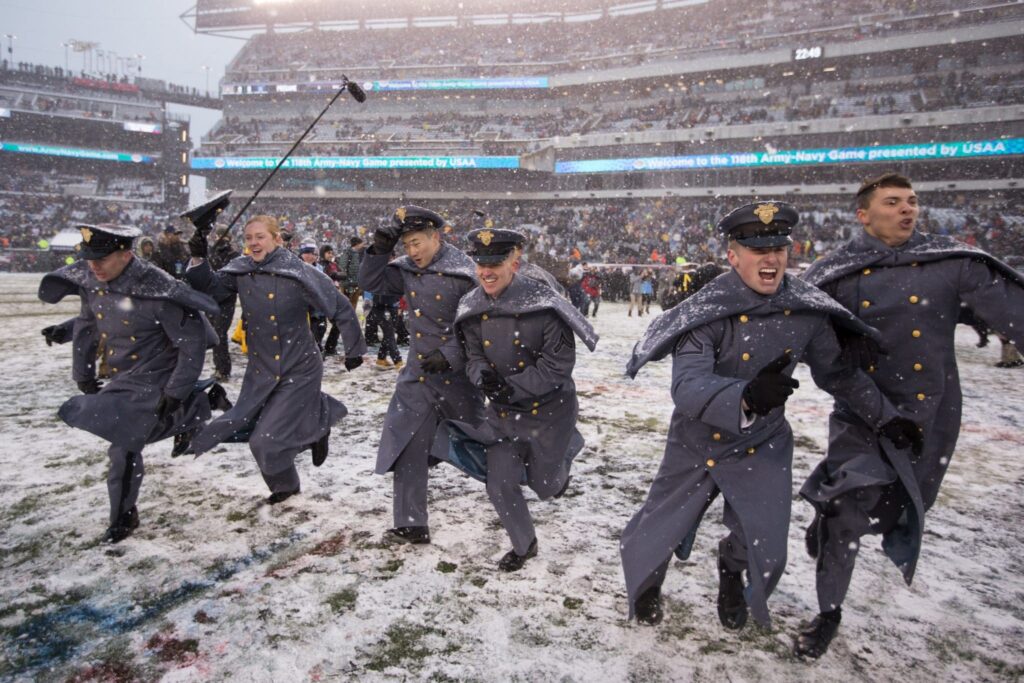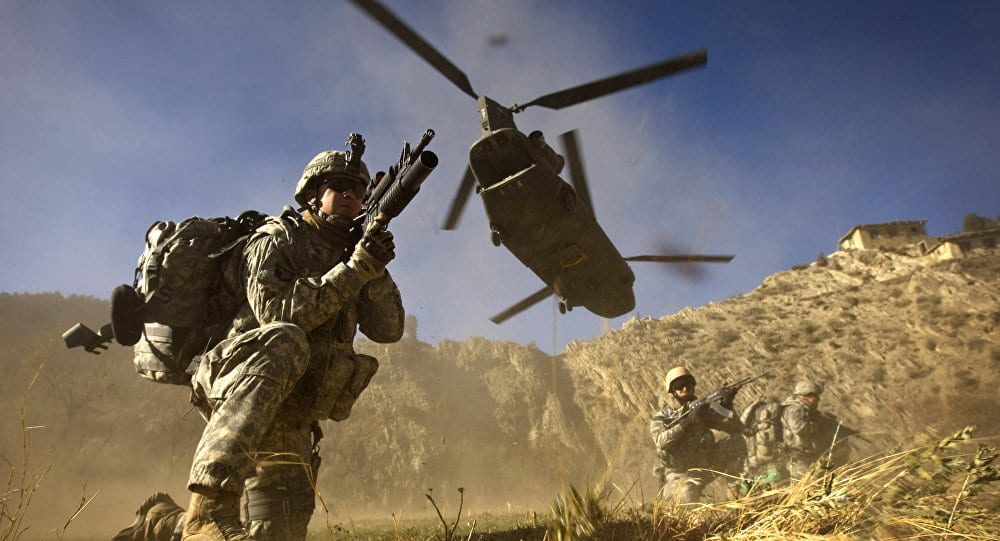
- The App
- Sandboxx News
- Resources
Learn
- Company
About
Become a Partner
Support
- The App
- Sandboxx News
- Resources
Learn
- Company
About
Become a Partner
Support
Ever since I wrote my novel, Mrs. Houdini, about Harry Houdini and his wife, I’ve been fascinated by magic. Over the course of my research,...

Ever since I wrote my novel, Mrs. Houdini, about Harry Houdini and his wife, I’ve been fascinated by magic. Over the course of my research, I found some interesting anecdotes about how magic, magicians, and illusions have been used by American and Allied forces in wars over the past hundred years (and how they might be used in the next hundred):
During World War II, Bicycle, British intelligence agencies, and American intelligence agencies created a deck of cards that peeled apart when wet. When the cards were assembled in order, they revealed secret escape maps. The decks were given to POWs in Europe through the Red Cross’ Christmas parcels. They supposedly resulted in the successful escapes of 32 people.

In Vietnam, because the spade means death or ill fortune, American soldiers sometimes left the Ace of Spades card on battlefields to scare the Viet Cong. They also stuck them in their helmets so they could be seen.

During World War II, a British magician named Jasper Maskelyne supposedly helped the Allies use illusions to trick Axis forces. Operation Bertram tricked the Axis forces into believing that an attack in Egypt would take place farther south and two days later than it actually did. This was accomplished with a variety of illusions, in which real tanks were disguised as trucks, using light “Sunshield” canopies, and a dummy water pipeline was constructed to make it look like the attack wasn’t yet ready. The operation succeeded.

In 1990, the U.S. fooled Saddam Hussein into thinking Coalition forces would invade Kuwait in one part of the country, when they were really planning to invade in another. They set up Forward Operating Base Weasel, a fake base near the supposed invasion site. They used smoke generators and loudspeakers to fake Humvee, tank, and truck noises and heat strips to fool infrared cameras. Army truck drivers drove vehicles back and forth between FOB Weasel and logistic bases.

Harry Houdini stopped most of his performances during World War I to help out with the war efforts. Because he had taught himself to withstand life-threatening conditions (like holding his breath in water for minutes or adjusting his body temperature to freezing temperatures), he gave training courses to American soldiers to teach some of his strategies to them. He also taught soldiers how to escape from a sinking ship, and how to get out of ropes and German handcuffs.
We’ve often used superstition and belief in magic to scare enemies or sway popular opinion in previous conflicts. As hologram technology gets better and better (who can forget Tupac being “brought back to life”), it’s reportedly being considered as a potential candidate for future psyops missions.




